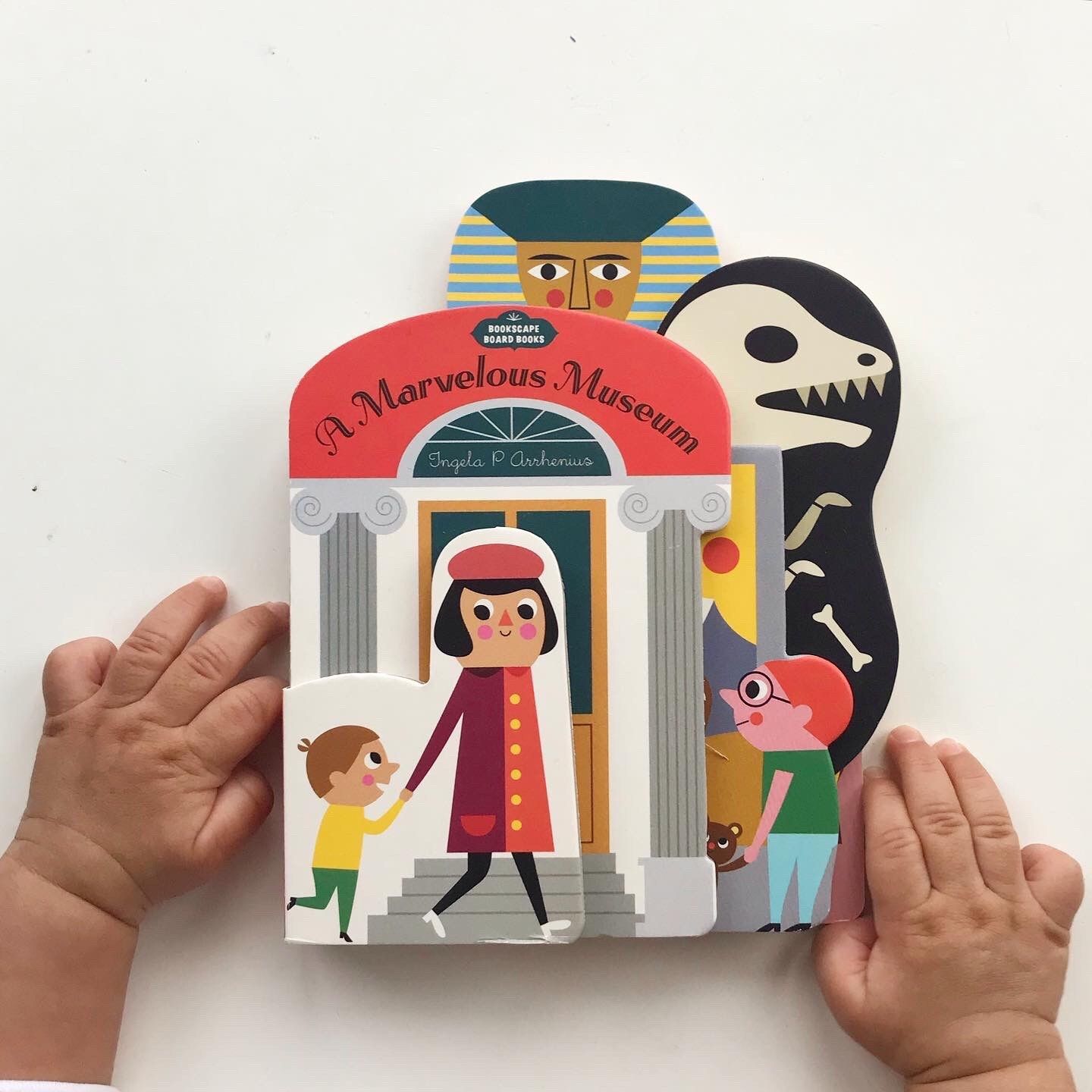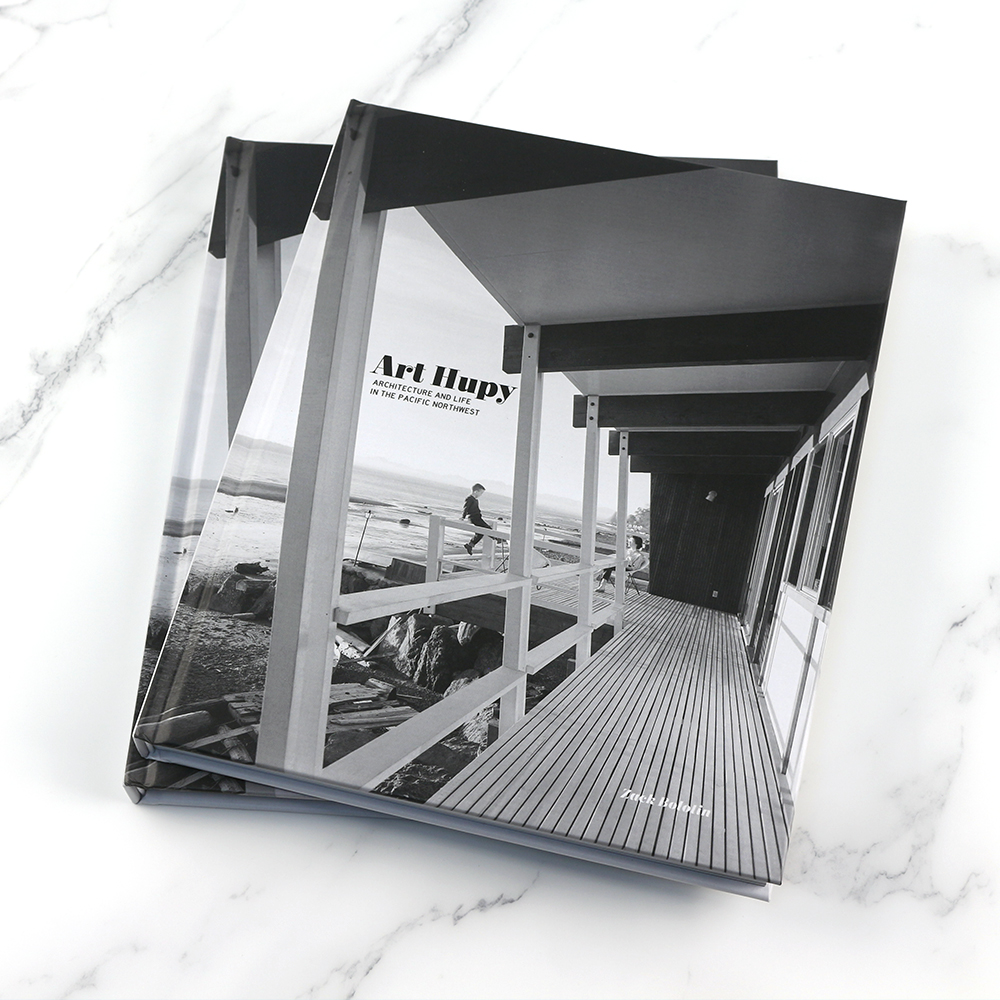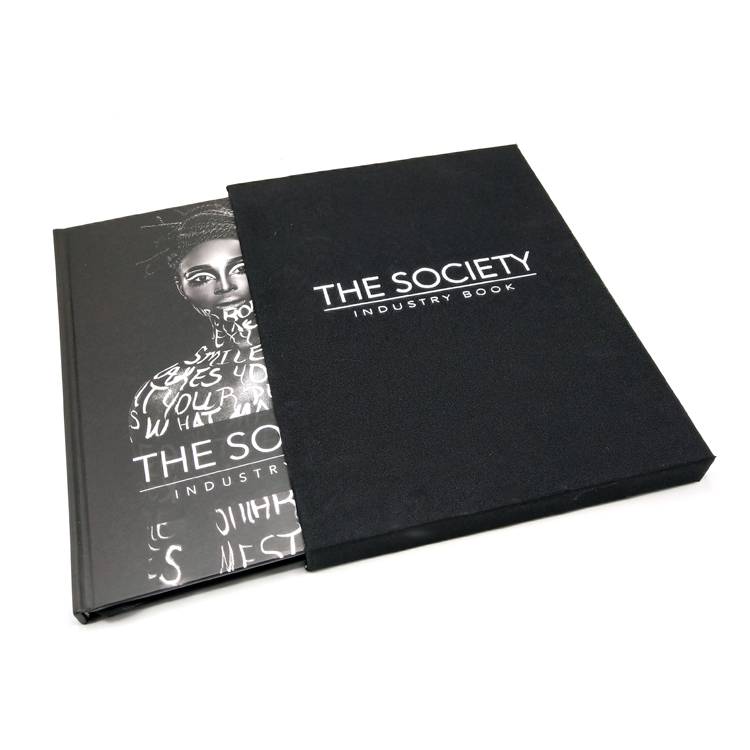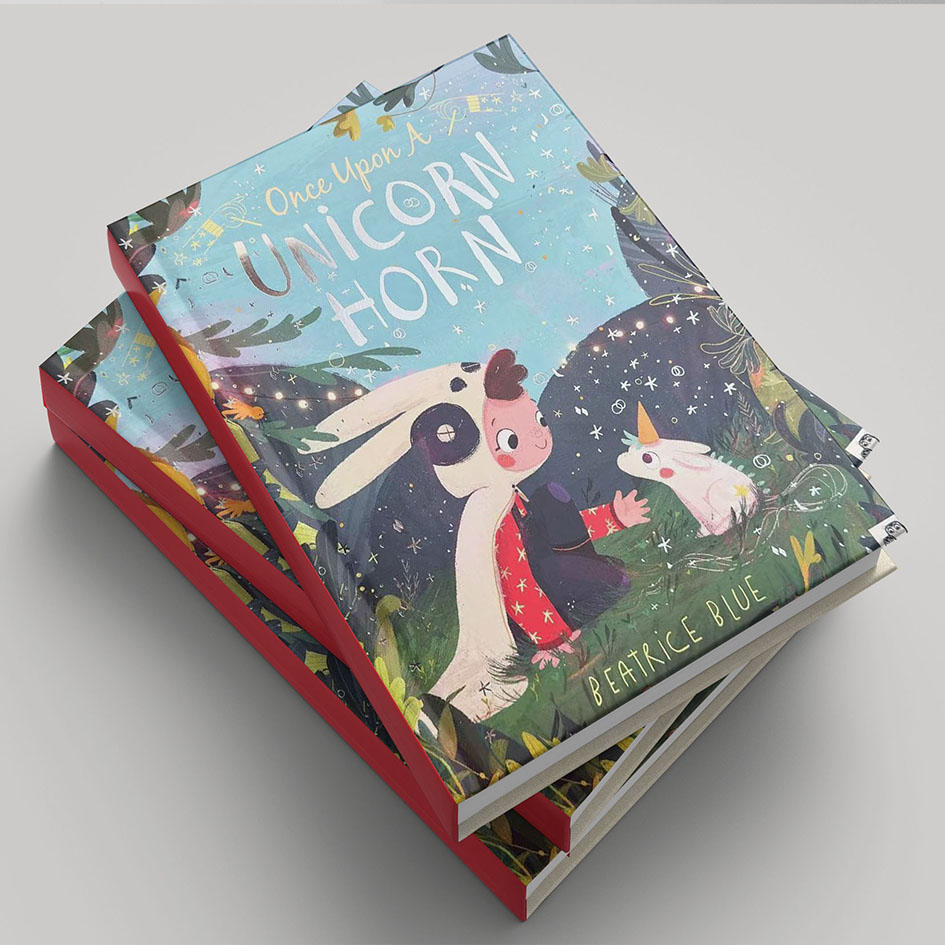Why is hardcover more expensive than board book?
When it comes to publishing literature for young readers, selecting the right printing format—whether a hardcover or a board book—plays a crucial role in meeting the specific needs of your audience. Each format has distinct advantages, but understanding the cost implications is essential for making an informed choice. In this article, we will delve into the differences between board books and hardcover books, focusing on why hardcovers generally come at a higher price point and helping you decide which option is best for your project.
תוֹכֶן הָעִניָנִים
The Distinctions Between Board Books and Hardcovers
To fully grasp the differences between board books and hardcover books, it’s essential to explore their durability, structure, and intended audience. While both serve important roles in children’s literature, they cater to different age groups and functionalities.
What is a Board Book?
Board books are specially crafted for the youngest readers, making them a popular choice among parents, educators, and authors alike. Every page, including the cover, is produced from durable cardboard or paperboard, often with rounded corners to ensure safety. These compact and robust books can endure tearing, chewing, and spills, making them ideal for babies, toddlers, and preschool-aged children. Typically containing between 12 and 24 pages, board books are designed to be visually engaging, often featuring vibrant colors, textures, and interactive elements.
Advantages of Board Books
-
Safety: Designed with the youngest readers in mind, board books have rounded edges and sturdy pages, significantly reducing the risk of injury.
-
אירוסין: The incorporation of interactive features such as flaps, textures, and bright illustrations captivates young readers and stimulates their senses.
-
עֲמִידוּת: The thick cardboard pages resist tearing, making board books perfect for children who are still developing their fine motor skills.
What is a Hardcover Book?
Hardcover books, often referred to as hardbacks, feature a rigid exterior made of cardboard covered in cloth or durable paper, typically bound with sewn or glued pages. These books cater to a more mature audience, including older children, teenagers, and adults. Hardcovers are commonly used for various purposes, from novels to textbooks to collector’s items. Their premium appearance makes them a favorite among publishers and readers alike, though they do come with a higher production cost compared to other formats.
Advantages of Hardcover Books
-
Aesthetic Appeal: With their elegant look and feel, hardcover books are frequently chosen for special editions and high-quality publications.
-
עֲמִידוּת: While they may not withstand rough handling like board books, hardcovers can last for decades with proper care.
-
צדדיות: Hardcovers are suitable for a wide array of genres, ranging from children’s stories to complex academic texts.
Board Book vs. Hardcover: Key Considerations for Your Printing Project
Choosing between a board book and a hardcover book is a significant decision, as it impacts both usability and appeal. Here are several crucial factors to consider:
1. Cost Implications
Board books are generally less expensive to produce due to their simpler manufacturing process. The materials and labor required are minimal compared to hardcover books, which necessitate more intricate production methods and higher-quality materials.
-
ספרי לוח: The cost-effective nature of board books makes them accessible for families, educators, and libraries.
-
Hardcover Books: The production costs for hardcovers are higher, driven by the use of premium materials and complex binding techniques.
2. Target Audience
Understanding your audience is vital. Board books are tailored for infants and toddlers, providing a safe and durable reading experience. On the other hand, hardcover books are designed for older children and adults, offering more sophisticated narratives and themes.
Content Length and Complexity
The typical length and complexity of the content will influence your format choice.
-
ספרי לוח: These books generally contain fewer pages and focus on simple, engaging stories that young children can easily handle.
-
Hardcover Books: They can accommodate longer, more intricate narratives, making them suitable for a broader range of topics and themes.
Durability and Usage
Board books are engineered for the wear and tear of everyday use by young children, making them nearly indestructible in most situations. Conversely, while hardcover books are robust, they are better preserved in controlled conditions, as they are often cherished as part of a collection.
Shape and Design
Board books typically have rounded edges, which minimize the risk of injury during enthusiastic reading sessions. Hardcover books, with their defined edges, maintain a traditional aesthetic but require careful handling to avoid damage.
Visual Appeal and Functionality
Board books often utilize bold imagery and minimal text to engage very young readers. However, they may not hold the interest of older children, who seek more substantial content. Hardcover books, with their premium appearance, are versatile and suitable for various applications, including novels, academic texts, and high-end marketing materials.
By understanding these distinctions, you can better align your book’s format with your project goals and audience, enhancing the overall reading experience and maximizing the value of your publication.
שאלות נפוצות
1. מדוע ספרים בכריכה קשה בדרך כלל יקרים יותר מספרי לוח?
ספרים בכריכה קשה דורשים בדרך כלל חומרים יקרים יותר, כגון בד או עור עבור הכריכות, ותהליך כריכה מורכב יותר. מורכבות הייצור והרכיבים האיכותיים יותר תורמים לעלות המוגדלת בהשוואה לספרי לוח, שיש להם שיטת ייצור פשוטה יותר.
2. האם ספרי לוח מתאימים לכל קבוצות הגיל?
ספרי לוח מיועדים במיוחד לילדים צעירים מאוד, כגון תינוקות ופעוטות. הם מספקים אפשרות עמידה ובטוחה לקבוצת גיל זו, בעוד שספרים בכריכה קשה פונים לילדים גדולים יותר ולמבוגרים, ומציעים נרטיבים ונושאים מורכבים יותר.
3. כיצד אוכל לקבוע באיזה פורמט לבחור עבור הפרויקט שלי?
כדי לקבוע את הפורמט הטוב ביותר עבור הספר שלך, שקול את קהל היעד, אורך התוכן והתקציב שלך. אם הפרויקט שלך מכוון לקוראים צעירים מאוד, ספרי לוח עשויים להיות האפשרות הטובה ביותר בשל העמידות והתוכן המרתק שלהם. עבור סיפורים מורכבים יותר או חומרים חינוכיים עבור קוראים מבוגרים יותר, ספרים בכריכה קשה יתאימו יותר. הערכת גורמים אלו תסייע להבטיח פרויקט דפוס מוצלח.
לסיכום, גם ספרי לוח וגם ספרי כריכה קשה ממלאים תפקידים חשובים בספרות עבור קוראים צעירים. הבנת ההבדלים בין שני הפורמטים יכולה לעזור לך לקבל החלטות מושכלות שמתאימות למטרות הפרויקט שלך, ולהבטיח שהפרסום שלך יהדהד עם הקהל המיועד לו.
הדפסת ספרים
מוצרים חדשים
הבלוג האחרון

המדריך המקיף שלך להדפסת ספר בודד
אם אתה צולל לתוך פרסום עצמי, אחד הדאגות העיקריות שלך יהיה למצוא אפשרויות חסכוניות להדפסת ספרים

כמה עולה להדפיס ספר בכריכה קשה?
כאשר בוחנים את העלות של הדפסת ספר בכריכה קשה, סופרים ומוציאים לאור רבים מתמודדים עם האתגר של איזון בין איכות למחיר סביר.
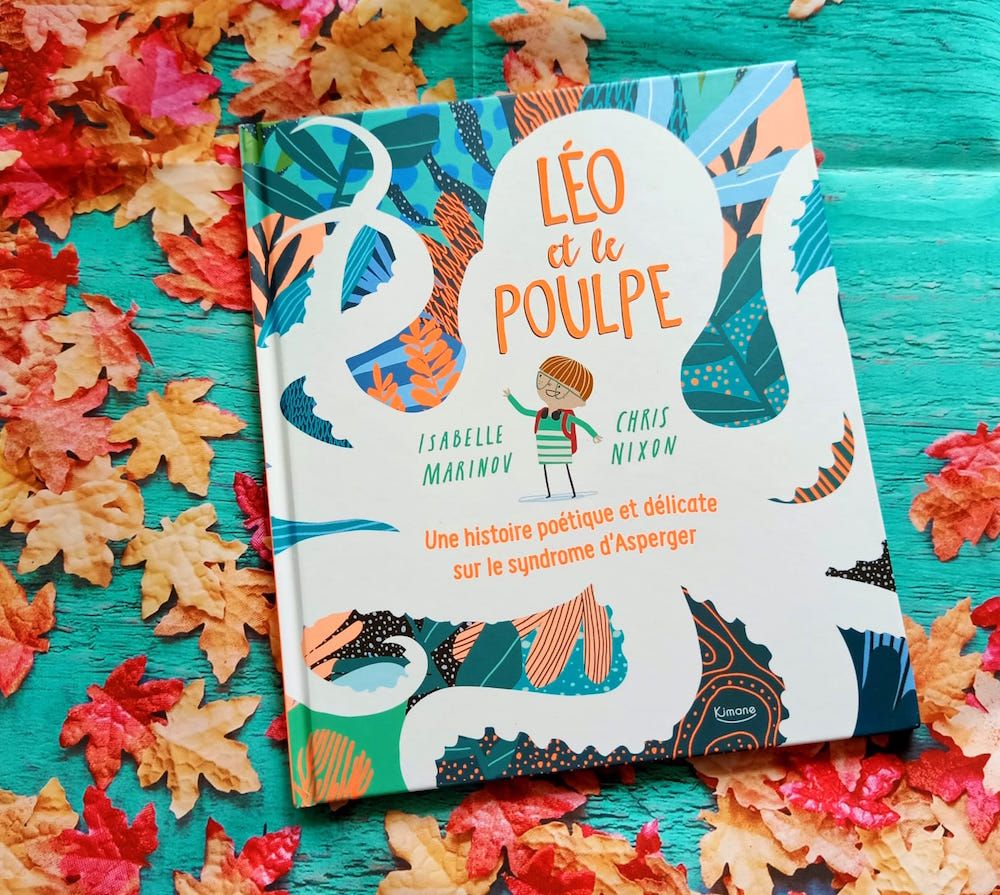
הדרך הזולה ביותר להדפיס ספר ילדים
להפוך את סיפור הילדים האהוב שלך לספר מודפס להפליא היא חוויה מרגשת.

כיצד ההדפסה הפחיתה את עלות הספרים?
בין אם אתה סופר שואף המתכנן להדפיס את הרומן הראשון שלך, עסק שמכין קטלוג מוצרים, או כל אחד שזקוק להדפסת ספרים מקצועית,
צור קשר
- +86 13946584521
- info@booksprinting.net
- 8:00 - 22:00 (שני - ראשון)
הערות
בלוג קשור
מצא את הטרנדים החדשים ביותר ואת הידע הנפוץ בעסקי הדפסת ספרים.
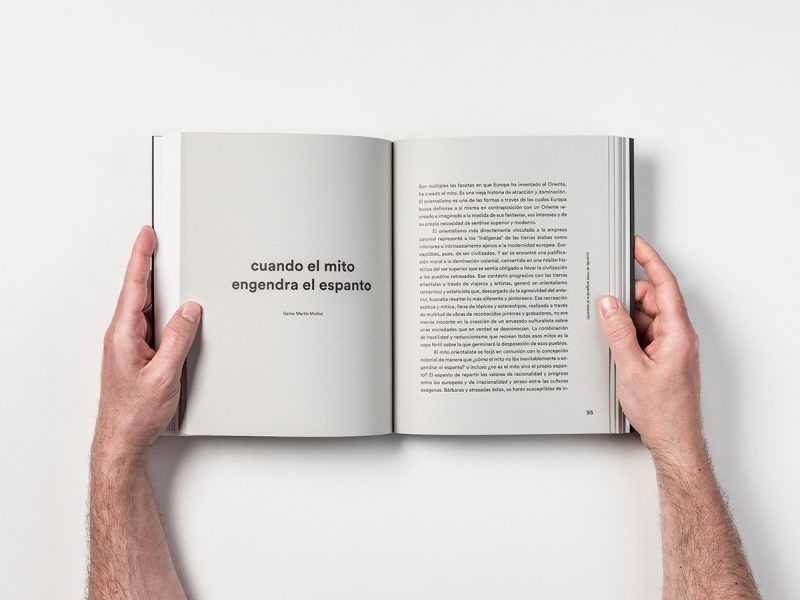
כמה עולה להדפיס ספר בן 300 עמודים?
הדפסת ספר היא מסע מרגש עבור סופרים, מוציאים לאור ועסקים כאחד. עם זאת, הבנת העלויות הכרוכות בהדפסת ספר בן 300 עמודים היא חיונית כדי להבטיח שהפרויקט שלך יישאר בתקציב.
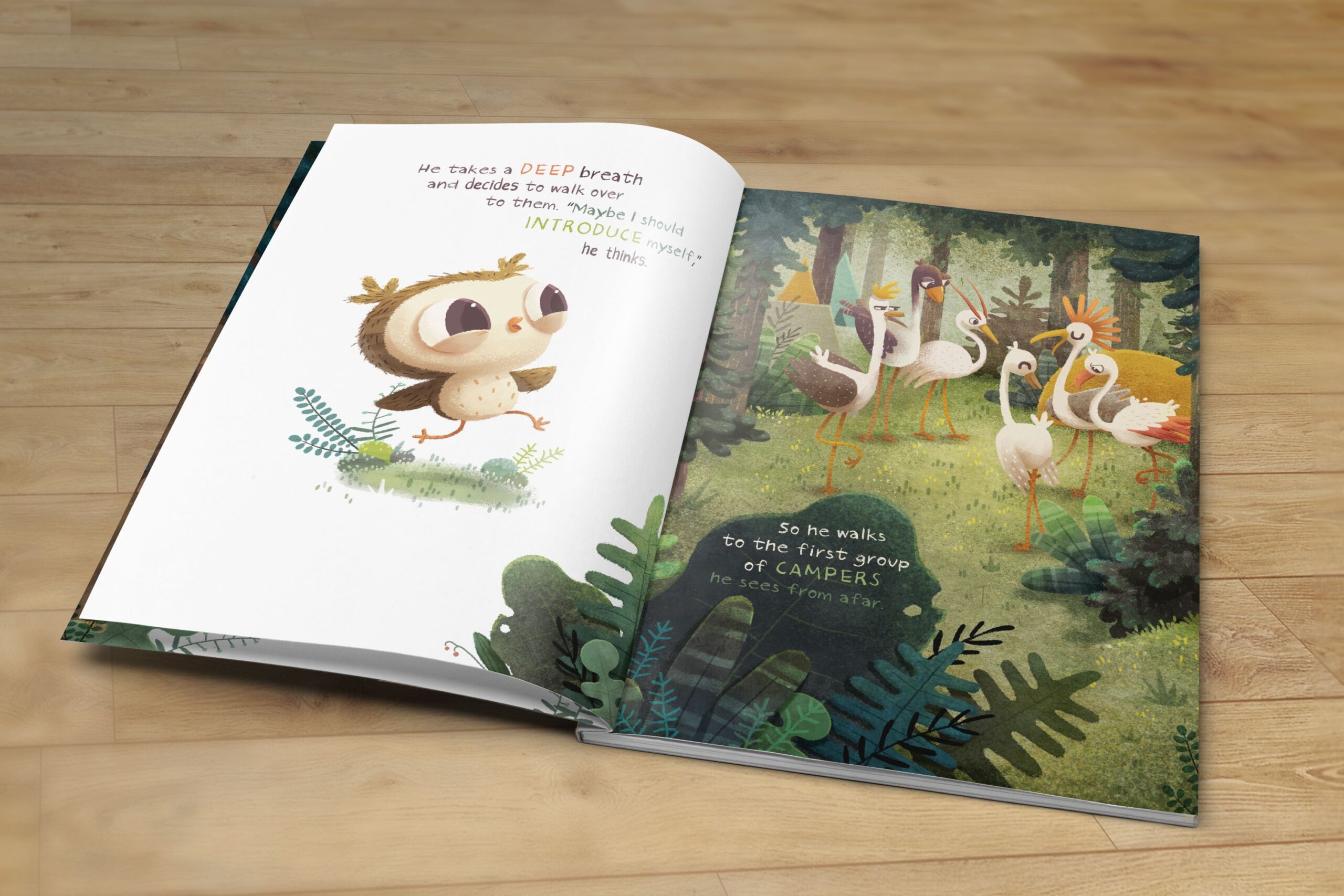
מהו הנייר הטוב ביותר לספרי תמונות?
כשמדובר בהדפסת ספרי תמונות, איכות הנייר משחקת תפקיד מרכזי בתוצאה הסופית. בחירת הנייר הנכונה משפרת את המשיכה החזותית של האיורים שלך,

כיצד לעצב את כריכת הספר המושלמת בכריכה קשה
בעולם ההוצאה לאור, כריכת ספר בכריכה קשה היא הרבה יותר מסתם שכבת הגנה - היא מכשיר דינמי לספר סיפורים.
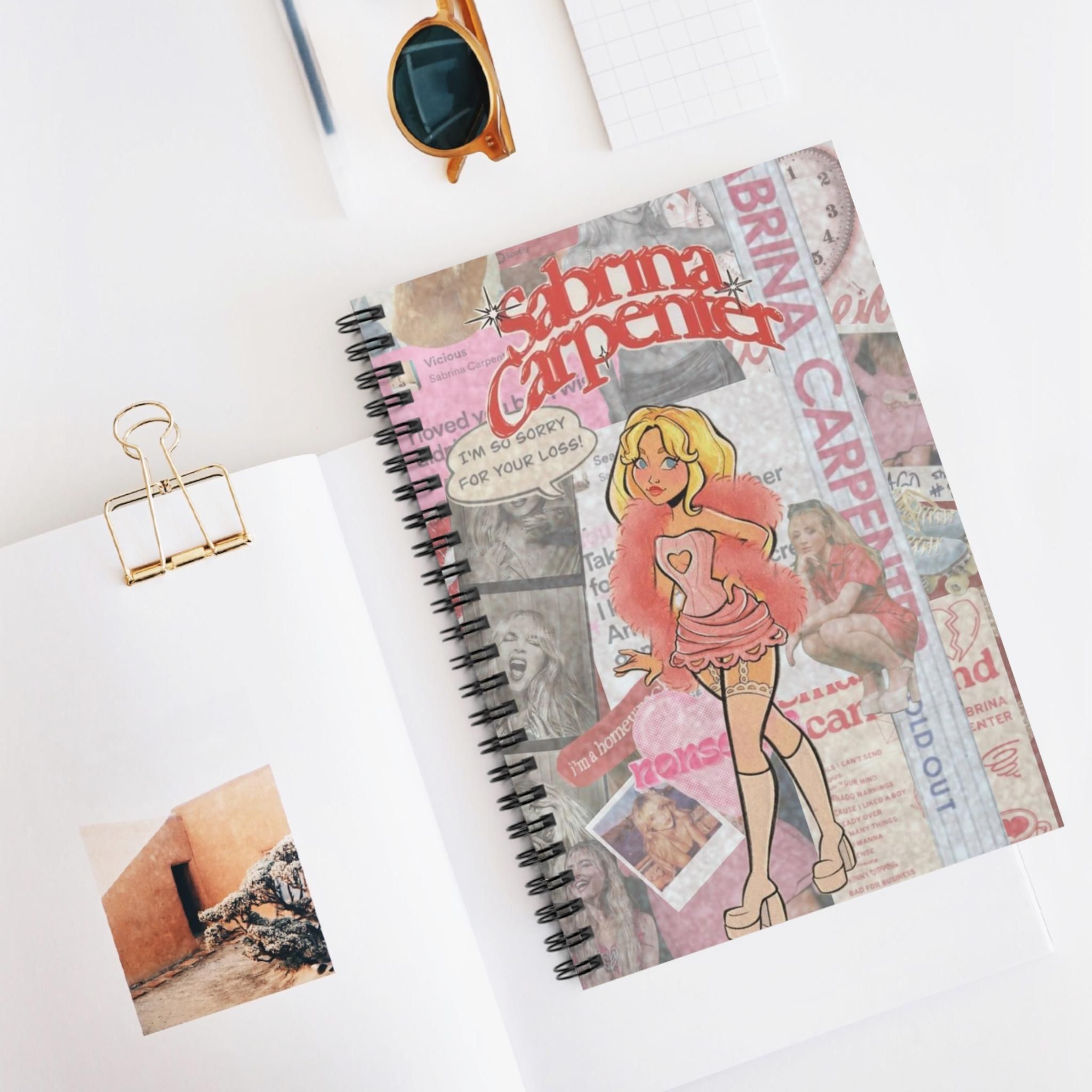
המדריך האולטימטיבי לספרים כרוכים בספירלה: מדוע הם מתאימים לצרכי העסק שלך
ספרים כרוכים בספירלה הם בחירה פופולרית עבור אלה המחפשים לשמור על המסמכים שלהם מאורגנים, נגישים ומקצועיים.

